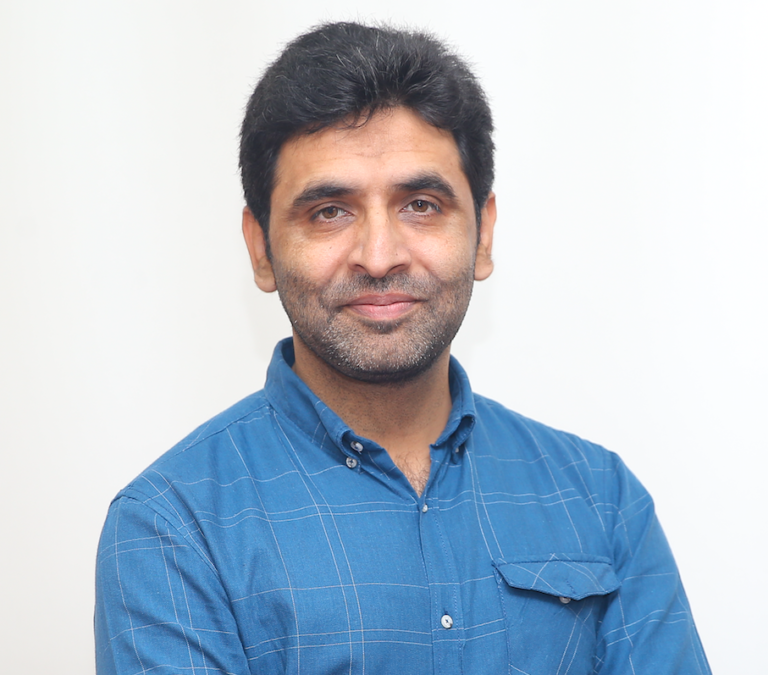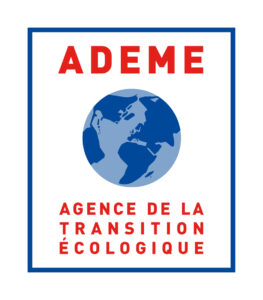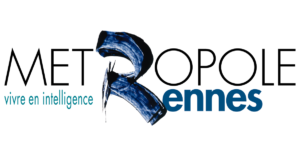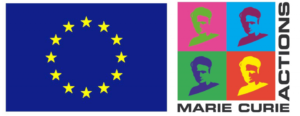Simultaneous removal of PFAS and cadmium from different water matrices using regenerable carbonaceous adsorbents
Simultaneous removal of PFAS and cadmium from different water matrices using regenerable carbonaceous adsorbents
Aaifa Chaudhary, Muhammad Usman, Ondřej Mašek, Stefan Haderlein, Khalil Hanna
Journal of Water Process Engineering, 74 107875 (2025)
Per- and polyfluoroalkyl substances (PFAS) frequently coexist with metal ions in industrial effluents and contaminated aquatic environments, yet their simultaneous removal remains poorly understood. This study examines the co-adsorption of three PFAS compounds (PFOA, PFOS, and GenX) and cadmium (Cd(II)) in concentrated water matrices using activated carbon (AC) and three biochars: hardwood-derived (BC-W) and sewage sludge-derived at 550 °C and 700 °C. Both AC and BC-W demonstrated superior adsorption due to enhanced surface properties. Adsorption followed the order PFOS > PFOA > GenX, influenced by hydrophobicity and functional groups. Cd(II) enhanced PFOS and PFOA adsorption through synergistic interactions but inhibited GenX adsorption due to competition. Cd(II) adsorption improved with increasing PFAS concentrations. A novel step-wise methanol-acid regeneration train selectively desorbed PFAS and Cd(II) in separate steps, achieving over 90% pollutant recovery and enabling adsorbent reuse for at least three cycles without performance loss. PFAS removal in groundwater remained effective, matching or exceeding performance in Milli-Q water. In wastewater, adsorption declined due to organic matter competition, particularly for PFOA, yet both adsorbents maintained strong performance across diverse matrices. This study highlights the potential of wood-derived biochar as a cost-effective alternative to activated carbon for PFAS and Cd(II) co-removal in contaminated effluents.









